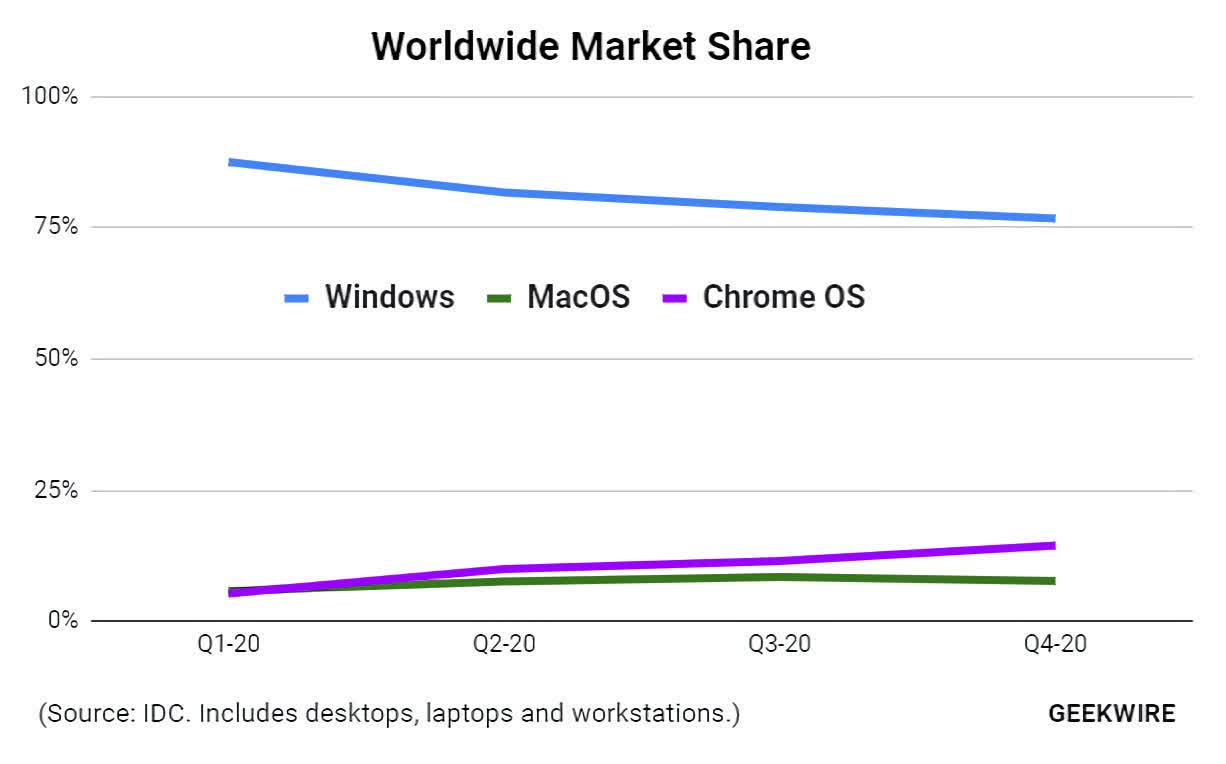

When you click the ‘Get started’ option, you’ll be sent to a screen where you can choose the disc image you wish to install. Once you have a clean disc, simply plug it into any USB port and start the recovery software.

You can skip this step if your disc has never been used as a recovery image. You’ll be given a quick prompt to confirm that you wish to proceed, and after you agree, your USB drive will be ready to use. Select ‘Erase recovery media’ from the gear menu at the top. If you’ve previously used your USB drive as a recovery drive, you’ll need to perform one more step before continuing. When you launch the extension once it has been installed, you will be greeted by a welcome screen. You may also use the Chrome extension on a Chromebook if you want, but it is essentially the same programme. Let’s write a disc image now that you have the hardware! For this task, you’ll need the Chrome Recovery Utility, which comes pre-installed on Chromebooks and is also available as a Chrome extension. On the USB drive, install the Chrome OS Flex image. Expect to be unable to modify the partition size in the near future.

This could change in the future, but according to Google, the purpose of the USB install is to test the OS before copying it to the device’s internal hard drive. Despite the fact that our USB 3.0 drive is 128GB, the Chrome OS Flex installation only sees 3.7GB of storage. It’s also worth noting that Chrome OS Flex on the USB is just intended for testing and only instals the OS image and around 3.7GB of storage space. One more thing: make sure your hard disc has at least 8GB of space before continuing. Things improved dramatically after switching to a USB 3.0 drive, and it became evident that if you want to test Chrome OS Flex on your internal drive before installing it, you’ll need a 3.0 drive. We tried using a USB 2.0 drive at first, but it was terribly slow. We strongly advise you to get a USB 3.0 drive because the read/write speeds will substantially aid in running Chrome OS Flex as smoothly as possible. For the record, the two devices in the video above are not on the list, but they work perfectly! Get the right USB driveįirst and foremost, you’ll need to obtain a USB flash drive. There’s no risk in trying Chrome OS Flex using the USB install method, so even if your device isn’t on the official list, we encourage giving it a shot. There are hundreds of laptops that have been tested with varied degrees of compatibility, but Google also suggests giving Chrome OS Flex a try and seeing what you get. Google’s official list of supported Chrome OS Flex devices.
HOW TO INSTALL CHROME OS ON MAC MAC
Is it better to install or not to install?Ĭhrome OS Flex on a Windows or Mac Computer Supported Devices.On the USB drive, install the Chrome OS Flex image.Chrome OS Flex on a Windows or Mac Computer.


 0 kommentar(er)
0 kommentar(er)
